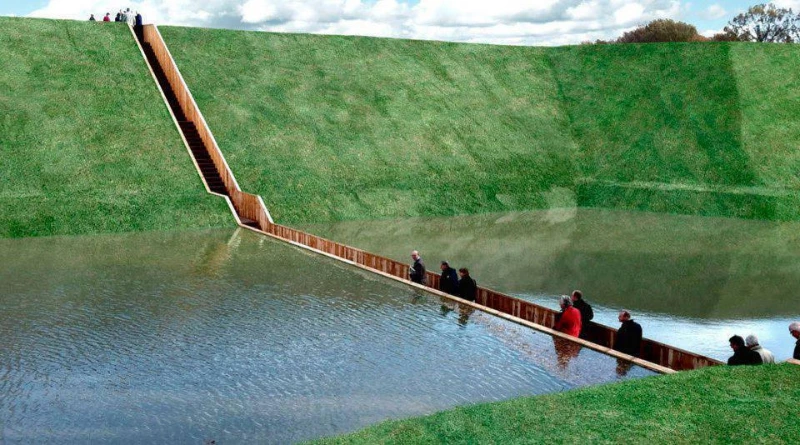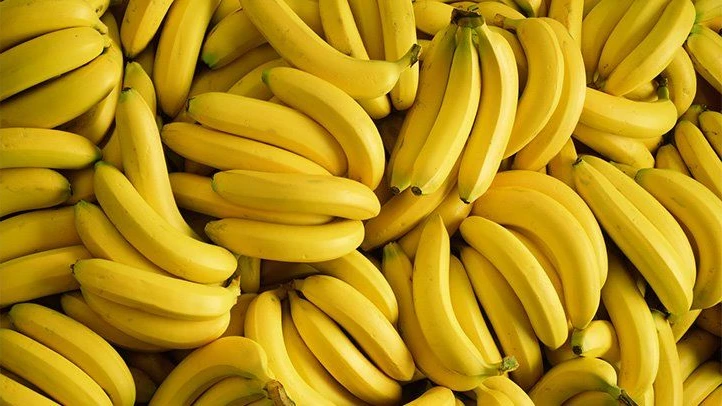1. The Origins of the Maya Calendar

The origins of the Maya calendar date back to the early development of Maya civilization, which thrived in Mesoamerica around 2000 BCE. Celebrated for their meticulous observations of celestial movements, the Maya devised a highly advanced system of timekeeping. Their calendar was deeply woven into religious practices, agricultural cycles, and social structure, serving as far more than a mere method for counting days. Among the most notable systems developed by the Maya are the Haab and the Tzolk’in. The Haab, a solar calendar, spans 365 days, while the Tzolk’in consists of 260 days. These two systems interlock to form the 52-year Calendar Round, a grand cycle that showcases the Maya's extraordinary understanding of astronomy and their ability to track celestial phenomena with remarkable accuracy. The Haab was primarily used for agricultural purposes, guiding planting and harvesting seasons, while the Tzolk’in played a central role in religious rituals and ceremonies. The Maya believed that each day possessed unique significance, influencing everything from spiritual observances to farming activities. This dual-calendar system enabled the Maya to synchronize their daily lives with cosmic order, embodying their worldview of interconnectedness. In addition to these, the Maya created the Long Count calendar, a linear system designed to measure extensive periods of time. The Long Count is composed of baktuns, each lasting roughly 394 years, and was employed to record historical events and major milestones within Maya civilization. This system allowed the Maya to construct a timeline reaching far beyond their immediate experience. The origins of the Maya calendar underscore their sophisticated comprehension of the cosmos and time. Through precise celestial observation, the Maya engineered a system that governed not only agriculture but also played an essential part in their spiritual existence. Their calendars embodied a perspective in which time was cyclical and intimately tied to the universe. Exploring the Maya calendar reveals layers of meaning and complexity that highlight the brilliance of this ancient society. Their capacity to predict astronomical events and align their calendars with agricultural cycles reflects a profound reverence for the natural world. This foundational knowledge paved the way for the rich spiritual and cultural traditions that characterized Maya civilization for centuries.
Advertisement
Recommended Reading: 8 Animals Right Before Giving Birth: See the Amazing Moments
You are viewing page 1 of this article. Please continue to page 2
























Supports emergent layering gracefully.
Encourages strategic patience.